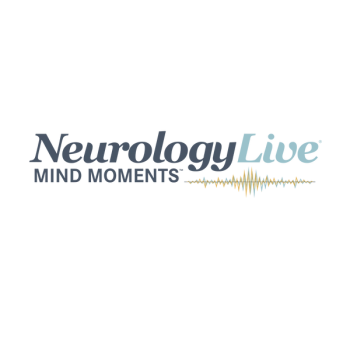
|Slideshows|December 13, 2018
5 Qs on Vaccines and Guillain-Barre Syndrome
Author(s)Veronica Hackethal, MD
What is the most common risk factor for Guillain-Barré Syndrome? Plus 4 other quick questions to test your knowledge.
Advertisement
Test your knowledge on vaccines and Guillain-Barré Syndrome with the 5 questions below.
Newsletter
Keep your finger on the pulse of neurology—subscribe to NeurologyLive for expert interviews, new data, and breakthrough treatment updates.
Advertisement
Latest CME
Advertisement
Advertisement
Trending on NeurologyLive - Clinical Neurology News and Neurology Expert Insights
1
From the Field: Neurologist-Written Insights From 2025
2
Remyelinating Agent PIPE-307 Falls Short in Phase 2 Trial of Relapsing Multiple Sclerosis
3
Brain-Penetrant Molecule GT-02287 Demonstrates Reversal of Glucosylsphinogosine in Parkinson Disease
4
NeurologyLive® Year in Review 2025: Notable Trials Beginning This Year
5

























